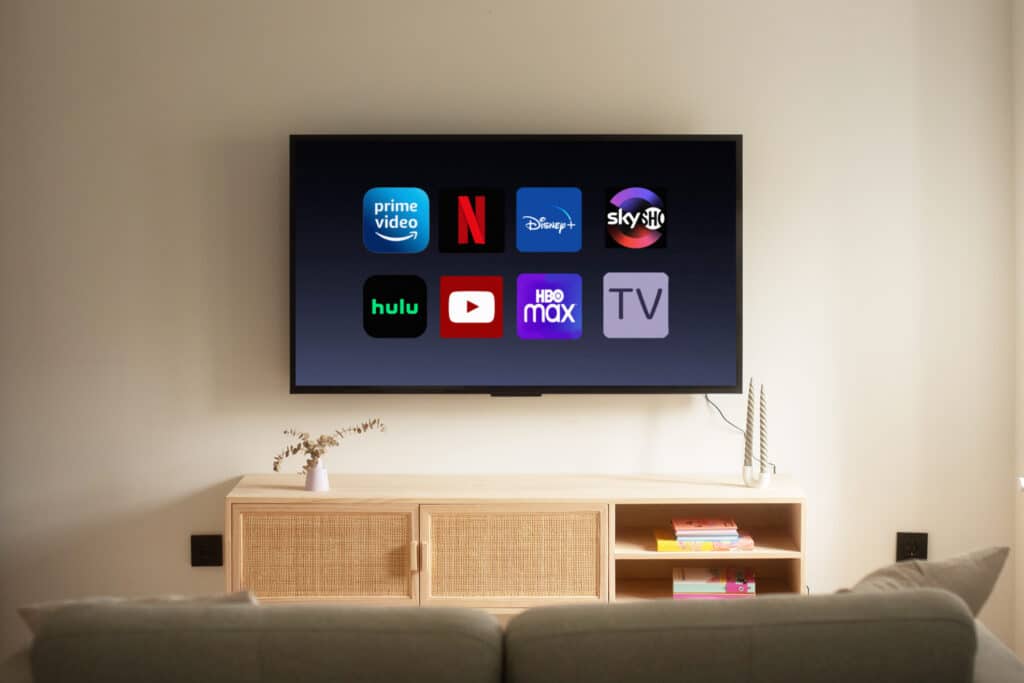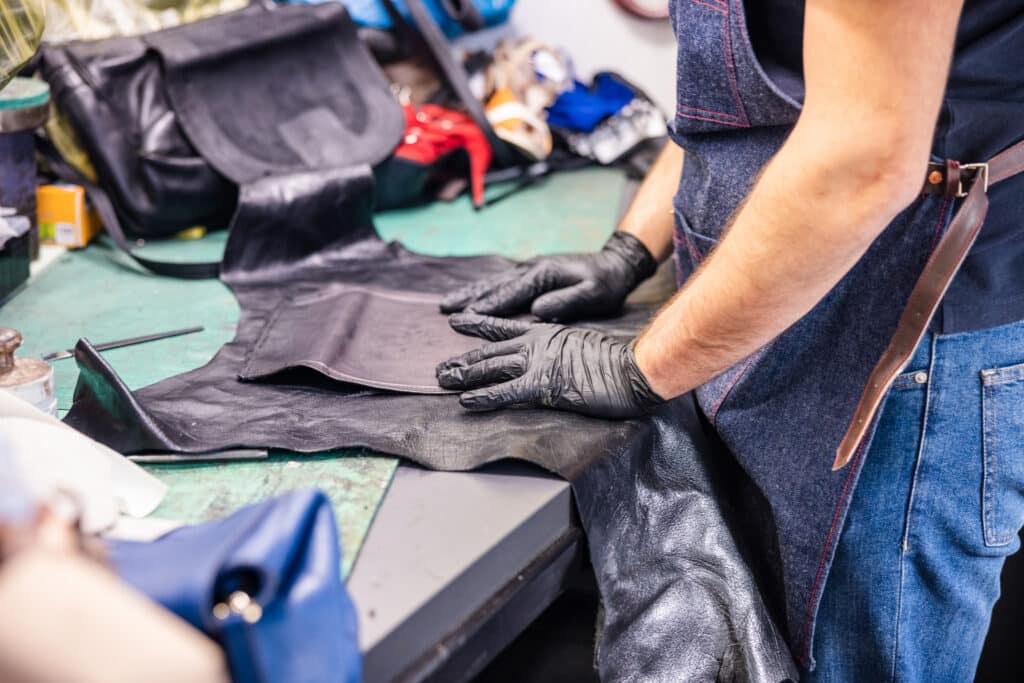2024 Consumer Trends Recap
Believe it or not, 2024 is about to come to an end and it’s time to take stock. This year has been characterised by the global disruption of Artificial Intelligence, which has taken centre stage in our lives and transformed how we consume. Although this has been a major distraction worldwide, it seems that consumers are increasingly clear about what matters to them. Let’s take a look at the 5 consumer trends that have hit the ground running in 2024.
1. Faith has become a product
This derives from the need to take a moment to get away from daily problems. Many seek to stop, listen and “reconnect” with their interior. It is in the search for this connection that the idea of faith and even deeper connections arise. The multinational market research company Ipsos mentions in its annual global religion report that 61% of the world’s population already claims to be a believer in some religion or higher force.
This trend has also reached social media. Besides memes, communities are created amongst those with an interest in the esoteric, in which knowledge and experiences are shared. It will be vital for brands to understand how this reflects the values and needs of today’s society. They will have to explore in detail what values they identify with and how this affects their relationship with their customers.
Nike is one of the great companies that has dared to take the leap through its launch of a sports hijab. Until now, athletes who wore them had no choice but to use traditional materials which do not do away with sweat efficiently. In response, Nike has used its iconic polyester mesh, characterised by its breathability and elasticity.

2. Social and environmental awareness is consolidated
In an era marked by war conflicts, crises, the exponential growth of technology, social and environmental awareness are on the up. This is where triple impact companies shine. Those that strive to generate economic, social and environmental value.
Driven by business reputation, the demands of their consumers and/or stakeholders and, increasingly, the legal framework, they are turning what was previously green into the new standard. And luckily for them, it is the same consumers who are responsible for validating the authenticity of those who push their products taking advantage of these same demarcations.
The recent initiative launched by LEGO with “play with Braille” is a clear example of the prominence and importance that concepts such as sustainability or inclusion are gaining. The group has developed and launched its iconic bricks in braille, with a design that allows people with total or partial blindness to play with their family and friends. The set is available in English, French, Italian, German and Spanish. We loved the initiative! Check out the launch video.
3. Artificial Intelligence infiltrates everyday life
It took two months for the ChatGPT tool to reach 100 million users. “It is estimated that, thanks to Artificial Intelligence, global economic productivity could increase by 40%” (Zorraquino).
The opportunities it presents are endless: from task optimisation to predicting consumer behaviour, it will enable sales teams to work better and faster.
Some companies trust artificial intelligence so much that companies like Tesla use it so that their autonomous driving vehicles understand and anticipate the movements of other vehicles, pedestrians and cyclists.
Another recent deployment is that being applied by interior design studies: generating decoration with artificial intelligence. They upload the image of the space to be decorated, define the client’s parameters and requirements, and generate a photorealistic image with furniture, decoration and lighting. Is this the future of the design sector?

4. Endless transactions
More and more concepts add to the total amount: management expenses for transactions at the bank, “cover charges” in a restaurant account or the dynamic prices of an Uber.
At a time when inflation is clearly on the up, with no immediate sign of relenting, a large number of companies are developing abusive clauses and irrational concepts to boost their profits. Platforms such as Netflix, HBO Max or Disney+, which gained popularity for offering affordable access to audiovisual entertainment, raised the price of their subscriptions in 2023-24. In Spain, Netflix’s standard ad-free plan rose by 5 euros to 12.99, from one year to the next.
People’s buying behaviour is changing. There are fewer and fewer impulsive purchases and more conscious ones. Consumers increasingly carry out a careful assessment of the features and value of products before purchasing them. In this new consumer landscape, it is crucial for companies to adapt their strategy to highlight the quality, durability and sustainable value of their products.
Platforms like GoodOnYou have come about to make this possible. These databases make it easier for consumers to search for and evaluate sustainable and responsible brands, through rankings that take into account complex information and produce a simple result. GoodOnYou specialises in assessing how ecologically ethical clothing brands are, having become an important source for conscious consumers and recently gaining the endorsement of Emma Watson, a recognised personality in the sustainable fashion sector.

5. Sustainable and circular fashion
Although sustainability is no longer an added value, but rather a negative aspect when we don’t have it, more and more consumers place value on knowing the process and the history behind it.
In the era of fast fashion and mass production, a change is emerging: people create stronger connections with what they buy and with its origin. They prioritise quality over quantity.
In response, big brands are adapting their strategies, through launches such as Levi’s “Plant-Based 501”, on its 150th anniversary. In 2023, Levi’s launched these jeans which are composed of at least 97% plant-based materials (with the label and metal rivets going to make up the remaining 3%). In addition, the fabric is made of 100% organic cotton dyed with natural dye.
Like Levi’s, many other brands will have to start taking into account the materials and dyes they use to support a Plant-Based future.
The origin of circular fashion is in brands like Patagonia, which since 1973 has had a free repair service for any of its garments, whether first-hand or second-hand. The mountain clothing company has a headquarters in Nevada, United States which is committed to receiving, repairing and shipping any product with its brand within 30 days. At present, they estimate that the team of 45 people repairs about 30,000 garments a year.
In addition, there is the giant Inditex, which has recently launched its Zara Pre-owned initiative, which now allows customers to buy, sell, donate and repair their brand items in a simple way. From amongst the second-hand clothes, those that can be reused will be donated to charities and the rest will be recycled. In addition, all the money raised will go to finance social schemes such as Cáritas and The Red Cross.

Conclusion
So what has been the balance of trends during 2024?
Consumer values and demands are reinforced and many more seek to strengthen their ties through practices such as spirituality and other beliefs that also influence their consumption. In the same vein, consumers are no longer satisfied with knowing what material a garment is made from: they ask for a story and they care about where what they consume comes from. Furthermore, more and more of us seek to know and take responsibility for where our money goes. Why and who we pay matters to us. Finally, the trend that we cannot ignore and that the sector is marked by is the uncertainty generated by Artificial Intelligence. We’ll have to take advantage of the opportunity, or turn it into one.
Will these trends continue through 2025 and what impact will they have in the long term? Keep up to date with the latest retail news in a simple way with us. Find everything from consumer trends to events, sustainable production, case studies and much more on the web. Take a look!
So much for our review of the 5 Retail Consumer Trends that have taken centre stage in 2024.
Kendu News
The latest in the retail news, design trends and industry reports. Keep up to date with what’s going in the retail sector.





